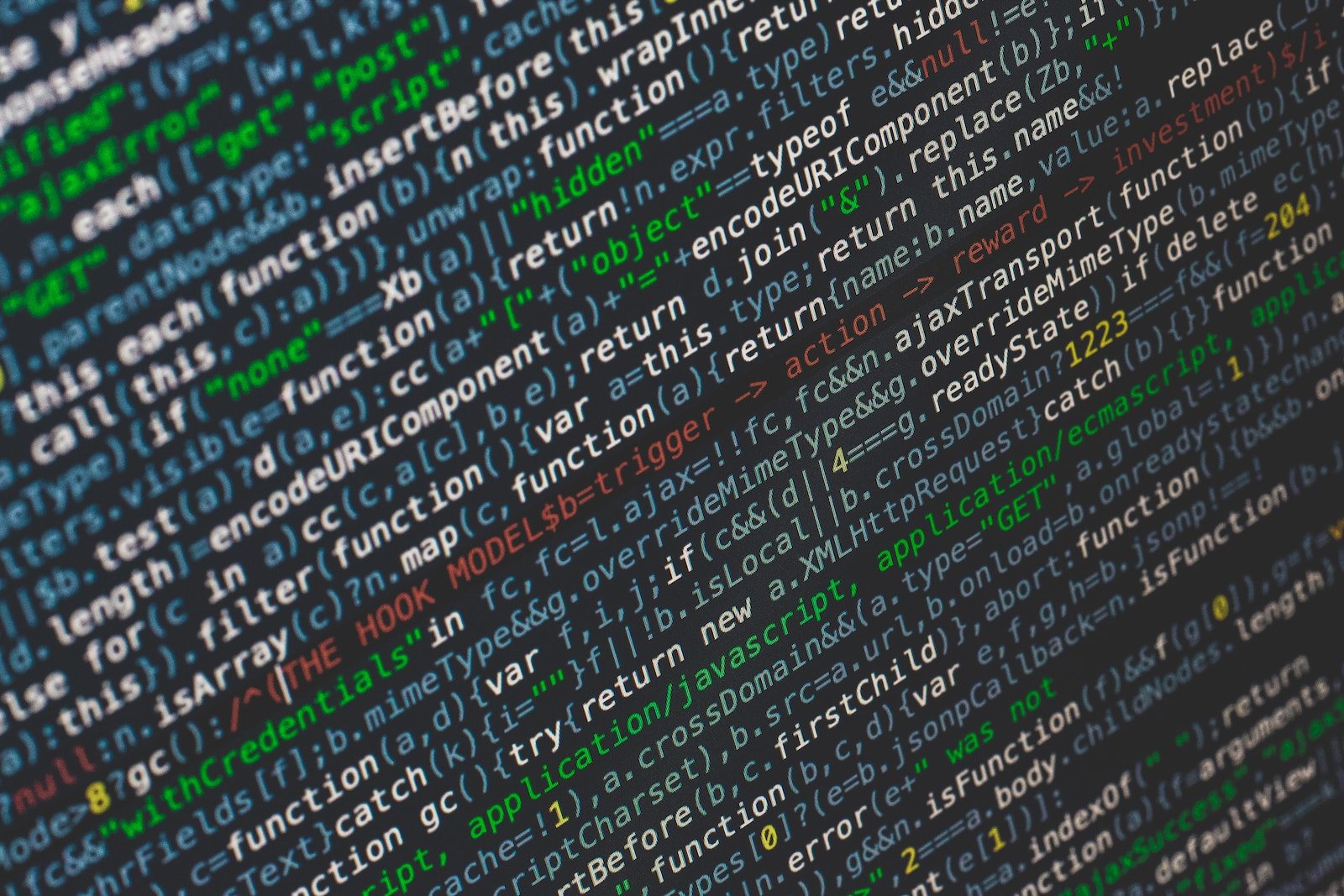
The map function in Python is a powerful tool for applying a function to each item of an iterable and returning the results. However, mistakes can occur while using this function. Let’s explore how to quickly identify and rectify these mistakes.
Understanding the map Function
First, it’s crucial to understand how the map function works. map takes two main arguments: a function and an iterable (like a list or tuple). It applies the given function to each item of the iterable and returns a map object with the results.
Checking the Output
The result of the map function is a map object, which is not directly viewable. To see the results, convert this map object into a list or tuple, for example, using list(map(function, iterable)).
Verifying Correct Application of the Function
Ensure that the function you’ve passed to map is being applied correctly to each element. If the function doesn’t work as expected, review the logic within the function itself.
Being Mindful of Data Types
Pay close attention to the data types of the input when using the map function. Incompatibility in data types can often lead to errors.
Using Debugging Tools
Utilize Python’s debugging tools, such as pdb, to step through your code and pinpoint issues.
Writing Unit Tests
Writing small unit tests to check the correct functioning of your map function can be very helpful. This approach helps in quickly identifying mistakes.
By employing these strategies, you can swiftly identify and resolve errors while using Python’s map function. Understanding and correctly using this tool can make your Python coding more efficient and enjoyable.
RELATED POSTS
View all


